Pros use this technique to generate more power, more spin, and better control on serves, returns, drives, and speedups. And you should, too.
You've probably watched a pro player hit a serve or drive that seemed to come out of nowhere, with power and spin that defied physics.
There's a good chance wrist lag was involved. It's one of those techniques that separates the casual players from the ones who actually know what they're doing, and honestly, most people are doing it wrong.
Zane Navratil recently broke down the mechanics of wrist lag in a video that explains exactly how to add this technique to your game. Here's the thing: wrist lag isn't some complicated move you need to overthink. It's actually the opposite.
Wrist Lag 101
Let's start with the basics. Wrist lag is the natural lag that occurs in your wrist when you're accelerating your paddle toward the ball. Think of it like throwing a ball or, better yet, throwing a paddle.
When you start to accelerate your arm forward, your forearm naturally lays back as your elbow comes forward. You're not doing this intentionally; it just happens.That's wrist lag.
According to Navratil, pros use this technique to generate more power, more spin, and better control on serves, returns, drives, and speedups.
The kicker? Most players either aren't using it at all or they're trying way too hard to make it happen, which defeats the entire purpose.
Why Professional Pickleball Players Abandoned the Slice Shot in 2025
The slice didn’t die because it was a bad shot. It’s gone extinct because the game has evolved to favor the fast pace facilitated by topspin.
 The Dink PickleballThe Dink Media Team
The Dink PickleballThe Dink Media Team
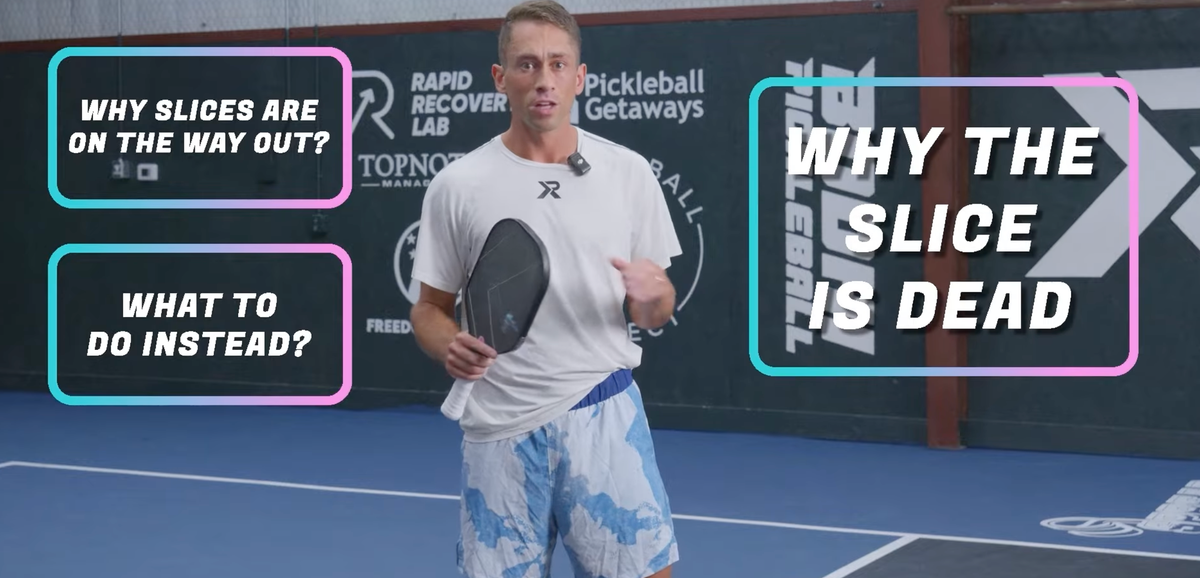
The Foundation Matters More Than You Think
Here's where a lot of players mess up: they try to add wrist lag without building the proper foundation first. Navratil emphasizes that you need a couple of preparation steps before wrist lag can actually help you instead of hurting you.
- First up is the unit turn. This means your entire upper body is coiling and rotating into position, not just your arm. Navratil accomplishes this by keeping his non-dominant hand near the paddle head during preparation. It's a small detail, but it makes a massive difference in how much power you can generate.
- The second piece is grip pressure. Instead of giving you some arbitrary number out of 10, Navratil walks you through a self-assessment so you can figure out your own baseline. Here's how it works:
- Hold your paddle with your arm parallel to the ground.
- Now, grip it barely tight enough to hold on to it.
- If you held it any looser, it would fall out of your hand. That's a 1 out of 10.
- Now squeeze until your paddle head naturally elevates. Note that number. For Navratil, it's somewhere between a 2 and a 3.
- Then firmly grasp the paddle until your forearm muscles start to activate. That's probably a 5 or 6.
- Finally, grip it as hard as you can. That's a 10 out of 10.
The only time you'd ever want to be at a 10 is for a paddle smash. Too firm of a grip leads to overuse injuries like tennis elbow, which is the last thing you need.
The Acceleration Phase: Where the Magic Happens
Once you've prepared properly with a loose grip, here's what happens next.
As the ball gets closer to you, let gravity drop your paddle slightly below the level of the ball. This is crucial: let gravity do the work rather than manually moving your arm into place.
Why? Because it keeps your arm loose during the backswing, and staying loose is exactly why Navratil can hit a forehand about as hard as anybody on tour despite not being, as he puts it, "a physical specimen."
Now comes the acceleration. You want to quickly accelerate your paddle toward the ball. The nice part is that if you keep your arm and grip loose during preparation, the wrist lag should take care of itself. You shouldn't be thinking about it whatsoever.
💡
This is the key insight that separates understanding wrist lag from actually using it effectively.
The Mistakes Everyone Makes
Navratil clears up a couple of really important errors that people make when attempting wrist lag.
- First, you're not intentionally trying to snap your wrist. With good preparation, the wrist lag and snap should happen naturally. If you're consciously snapping your wrist, you're doing it wrong.
- Second, make sure your elbow doesn't open up in this position. When your elbow opens up, your paddle face opens up as well, and you won't be able to get any topspin on the ball. That makes it impossible to keep the drive in the court. At the contact point, think about having your hand in a handshake position rather than a low-five position.
- Finally, you need to make contact in front of your body. If you make contact late, your wrist doesn't have time to naturally lag and snap through the shot. Navratil thinks about making contact with the ball about a forearm length in front of his body or near his front leg.
Fake Pickleball Paddles Are Flooding the Market—and Hurting the Sport’s Future
Inside the pickleball paddle black market that’s confusing consumers, costing brands, and undermining the sport’s ability to innovate
 The Dink PickleballAlex E. Weaver
The Dink PickleballAlex E. Weaver
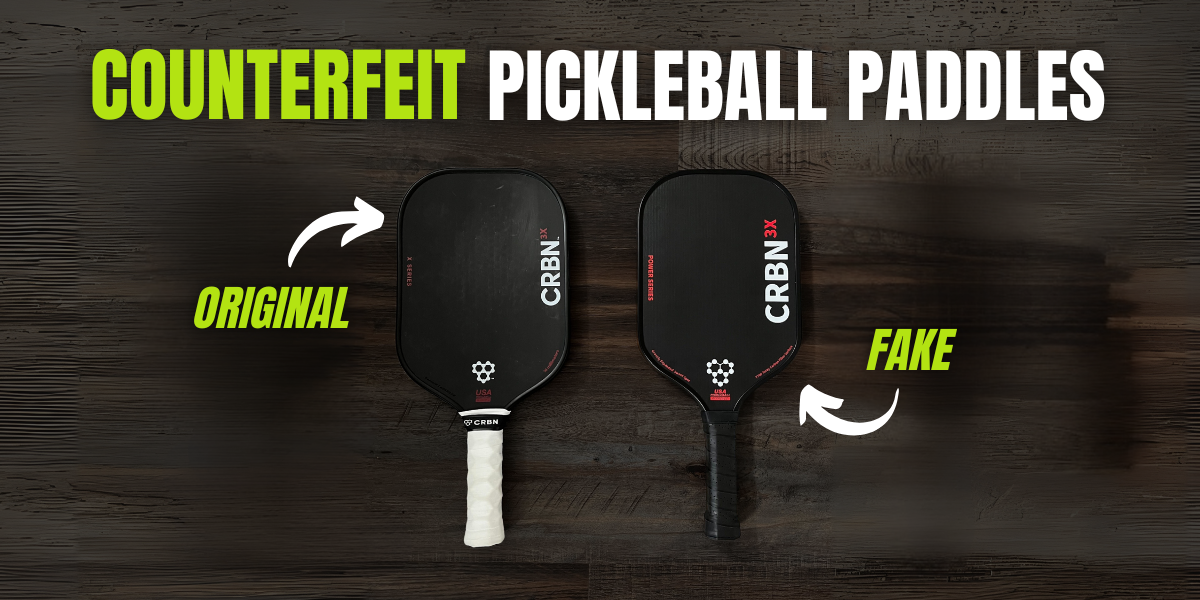
Why This Matters for Your Game
The difference between proper wrist lag and a forehand without it is night and day.
The wrist lag shot allows for the creation of much more power and spin. On a driving shot, spin is what helps you keep the ball on the court, which is really just another way of saying control.
Wrist lag is applicable to any shot where you want to quickly accelerate, whether it's a serve, return, drive, or attack. I
f you take nothing else away from this, remember that wrist lag is a passive activity brought about by good preparation and nothing else.You're not forcing it. You're creating the conditions for it to happen naturally.
Heads up: hundreds of thousands of pickleballers read our free newsletter. Subscribe here for cutting edge strategy, insider news, pro analysis, the latest product innovations and more.
Anuncie Aqui / Advertise Here
Sua marca para o mundo Pickleball! / Your brand for the Pickleball world!

 English
English  Spanish
Spanish  Portuguese
Portuguese  German
German  Italian
Italian  Japanese
Japanese  French
French  Polish
Polish  Russian
Russian  Netherlands
Netherlands  Hungarian
Hungarian  Turkish
Turkish  Videos
Videos 
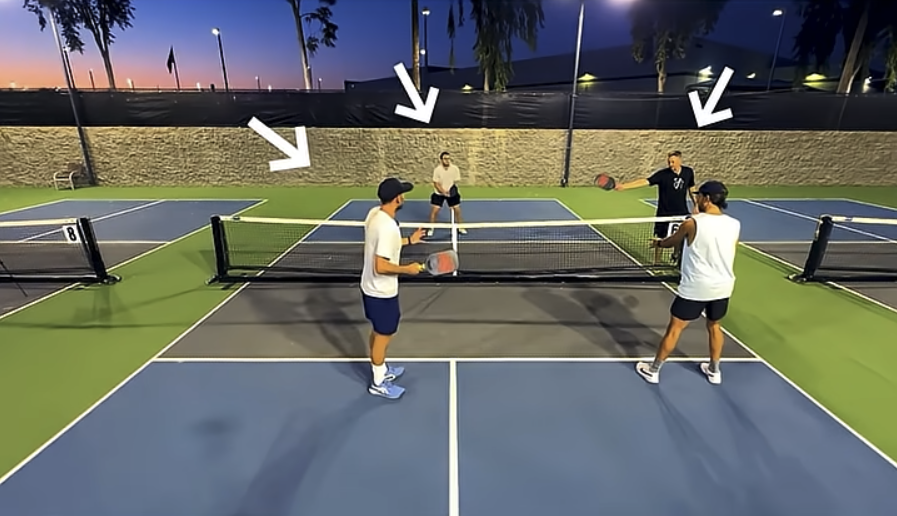
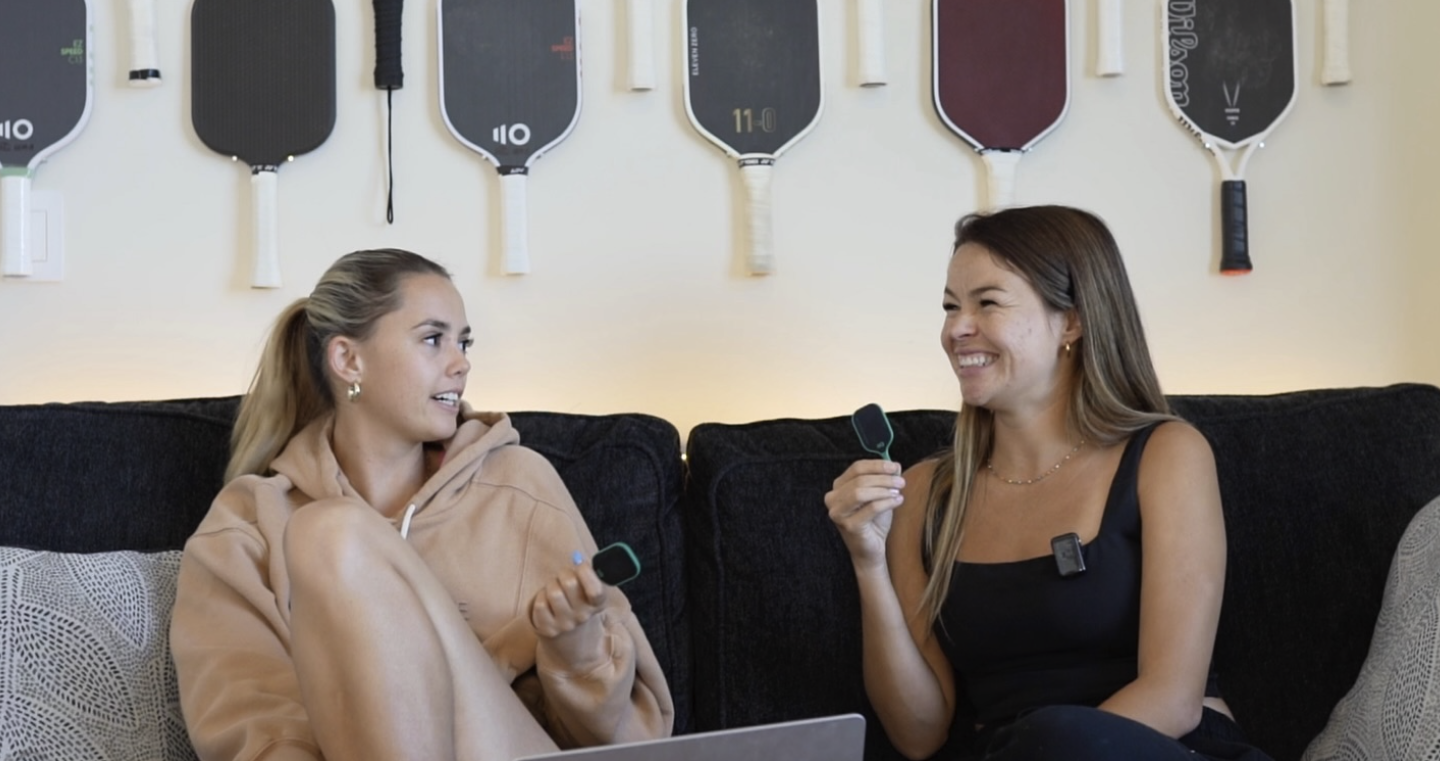

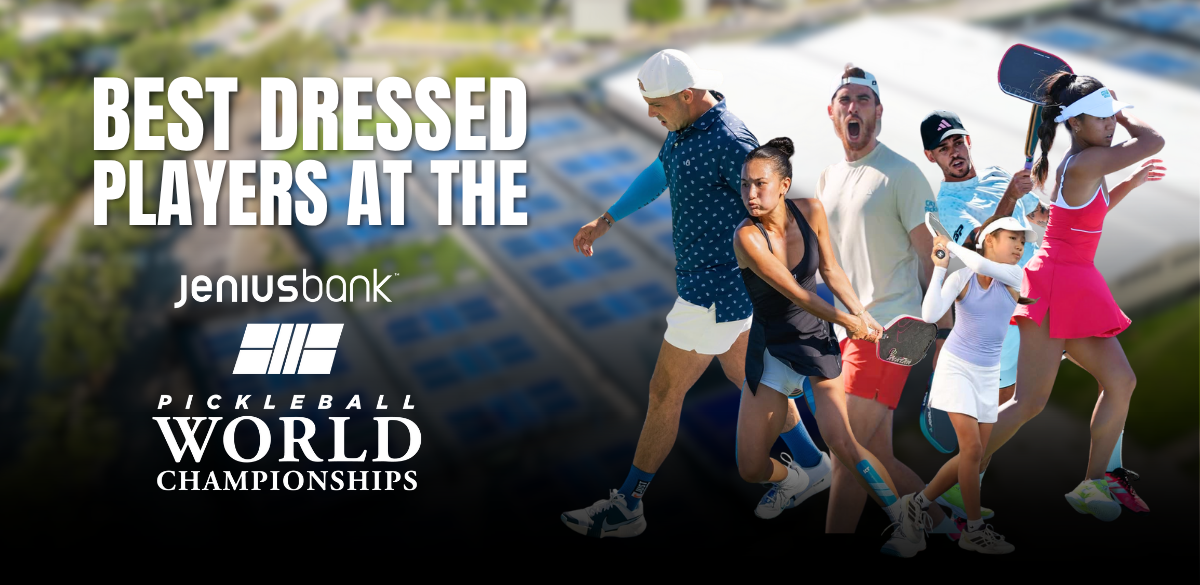




 English (US) ·
English (US) ·  Portuguese (BR) ·
Portuguese (BR) ·